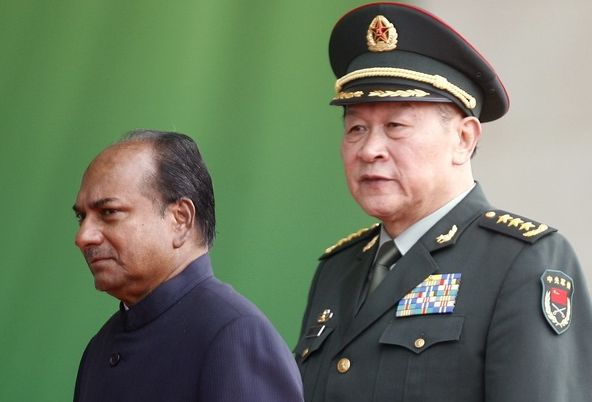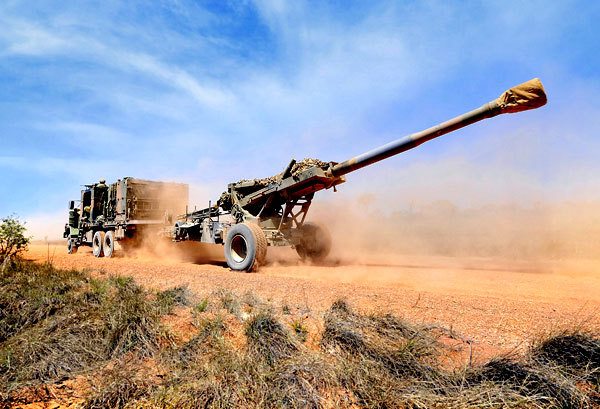India is a world power, so allies in the West would like to believe, but recent developments in its own backyard reveal the limits of the country’s influence and still weak diplomatic force, said analysts.
Even in the historically favorable parts of its volatile neighborhood, New Delhi has suffered reversals in recent weeks, particularly in a high-profile spat with the Maldives, a tiny nation of 300,000 people.
Earlier this month, the Maldives kicked out Indian infrastructure firm GMR and cancelled its $511-million deal to run the airport, thumbing its nose at Indian threats to cut off aid.
“The Maldives deal collapse can be considered as an isolated event, but it does cast a shadow over India’s ability to take care of its economic interests in the region,” said Wilson John, who heads the Observer Research Foundation think-tank in New Delhi.
The alliance with Maldivian President Mohamed Waheed appears to be heading the way of ties with counterpart Mahinda Rajapakse in neighboring Sri Lanka, a relationship which has deteriorated steadily over the last few years.
Clashes over Rajapakse’s treatment of ethnic Tamils, a politically important group in India, as well as the arrests of Indian fishermen have raised tensions.
New Delhi has also been angered by huge duties imposed on imported cars. Leading Indian business group CII believes Sri Lankan tariffs of up to 200 percent could hit 15 percent of India’s car exports.
In the Maldives and Sri Lanka, some see the hand of China, which has forged ties with the governments in Colombo and Male and now offers a richer and more generous alternative to India for investment and infrastructure funding.
India’s new foreign minister, Salman Khurshid, acknowledged as much last week when he said that New Delhi would have to “accept the new reality of China’s presence in many areas that we consider an exclusive playground for India”.
This signaled a more pragmatic approach than his predecessor, S.M. Krishna and others in the Indian security establishment, who are alarmed by China’s maritime strength and growing influence in the Indian Ocean.
“We know how to resolve our disputes with all the countries in the region. It is a slow-moving process but we are moving in the right direction,” Indian foreign ministry spokesman Syed Akbaruddin told AFP.
“You see, we cannot send our troops to resolve them.”
In its northeastern neighbor Myanmar, India trails far behind China as the army-ruled country opens up to investment, and critics say New Delhi has been slow to react to recent pro-democracy changes.
“India is still not sure how to deal with Myanmar,” said Sujit Dutta, a professor of international conflict studies at Jamia Millia Islamia University in New Delhi.
“At one level India wants to do business with Myanmar, but (it) is also uneasy in dealing with the military regime.”
Opposition leader Aung San Suu Kyi, who is poised to benefit from further pro-democracy moves, made the barbed comment in New Delhi last month that she had been “saddened” by India’s engagement with her country’s ruling military junta.
Elsewhere in India’s neighborhood, once described by then US president Bill Clinton as “the most dangerous place in the world”, the picture is bleak with the exception of Bangladesh, where previously poor relations have improved.
A peace dialogue between India and nuclear-armed Pakistan shows few signs of making real progress and despite a warming in rhetoric Indian Prime Minster Manmohan Singh recently declined an invitation to visit Islamabad.
In the deadlocked and dysfunctional politics of Nepal the ruling Maoists, who are closer to China and instinctively anti-Indian, still hold sway while even tiny Bhutan is starting to see the benefits of closer ties with Beijing.
“Small neighboring countries find India’s attitude to be very bossy,” said analyst John. “They prefer China because it does not openly get involved in domestic affairs. Their tilt towards China cannot be denied.”
Despite problems in the region and its tiny diplomatic service comparable in size to that of Singapore, India is looking to spread its commercial and diplomatic presence further afield with a “Look East” policy aimed at east Asia.
Such ambitions are being encouraged by the United States and other Western backers who see democratic India as a natural ally in Asia and a future counterweight to China.
But while US President Barack Obama hailed India as a fully fledged “world power” during a visit in 2010, the country’s might in global affairs and ability to bring its size to bear remain in question.











